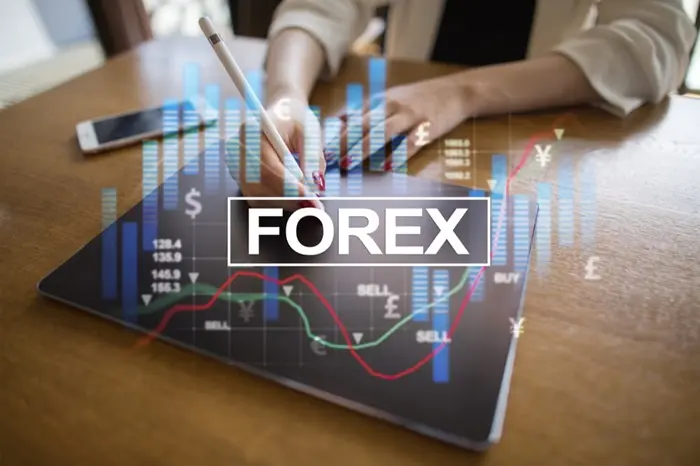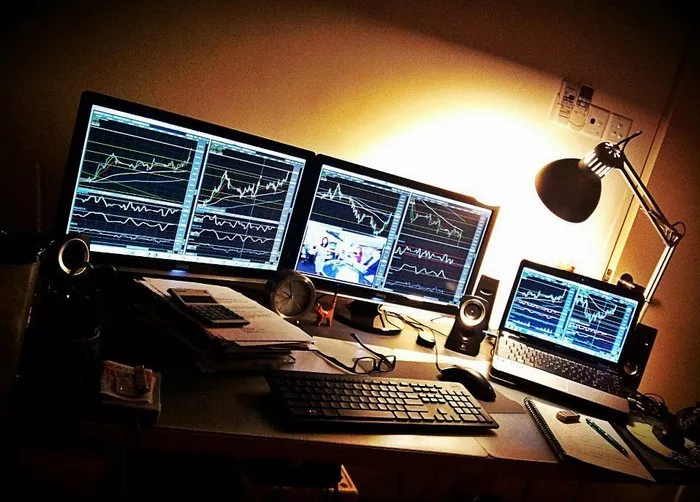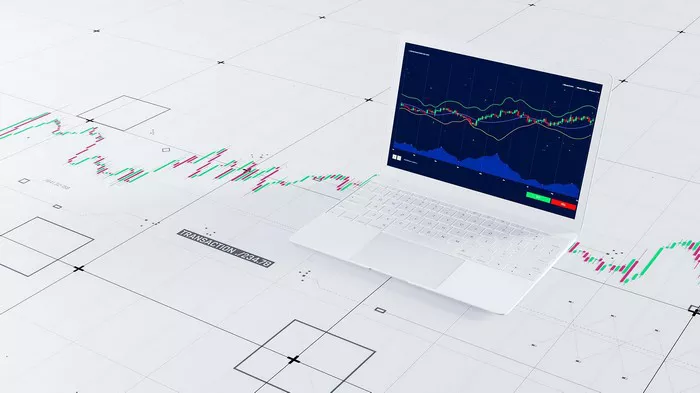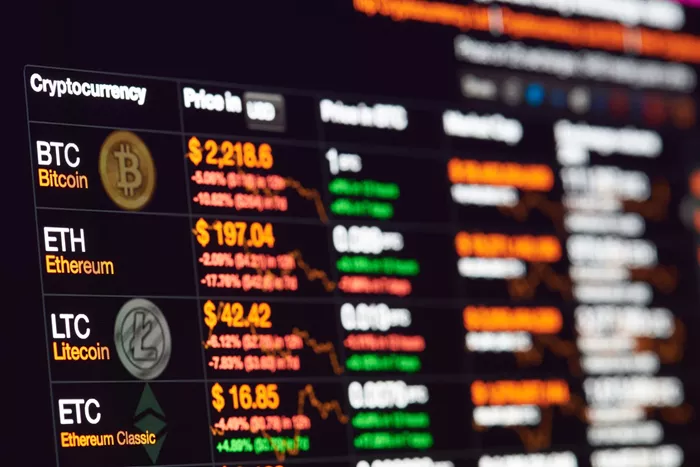Forex trading, also known as foreign exchange trading, is a global market where currencies are bought and sold. This market operates 24 hours a day, five days a week, and is one of the largest and most liquid financial markets in the world. Understanding how forex trading works is essential for anyone looking to participate in this dynamic field. This article will explore the fundamentals of forex trading, its structure, the mechanics of currency pairs, trading strategies, and the risks involved.
What is Forex Trading?
Forex trading involves exchanging one currency for another at an agreed price. The aim is to profit from fluctuations in exchange rates. For example, if a trader believes that the euro will strengthen against the U.S. dollar, they might buy euros and sell dollars. If the euro appreciates, the trader can sell the euros for a profit.
Key Concepts in Forex Trading
Currency Pairs: Currencies are traded in pairs, such as EUR/USD or GBP/JPY. The first currency in the pair is the base currency, and the second is the quote currency. The exchange rate indicates how much of the quote currency is needed to purchase one unit of the base currency.
Pips: A pip (percentage in point) is the smallest price move in a currency pair. Most pairs are quoted to four decimal places, with a pip being a movement in the fourth decimal place.
Leverage: Forex trading often involves leverage, allowing traders to control larger positions with a smaller amount of capital. While leverage can amplify profits, it also increases the risk of significant losses.
Spread: The spread is the difference between the bid price (the price at which the market will buy a currency pair) and the ask price (the price at which the market will sell a currency pair). The spread represents the broker’s profit on the trade.
Lot Size: Forex is traded in lots, which refer to the number of units of a currency pair being traded. A standard lot is 100,000 units, while a mini lot is 10,000 units, and a micro lot is 1,000 units.
The Structure of the Forex Market
The forex market operates through a decentralized network of banks, financial institutions, and individual traders. It is divided into three main segments:
1. Interbank Market
The interbank market is the largest segment of the forex market, where banks trade currencies among themselves. Large financial institutions facilitate the majority of trades, and prices are determined by supply and demand. This market is highly liquid and operates 24 hours a day.
2. Retail Forex Market
The retail forex market is where individual traders participate. Retail traders access the forex market through brokers, who provide trading platforms and facilitate transactions. Retail trading accounts for a smaller portion of the overall market but has grown significantly in recent years due to advancements in technology and online trading.
3. Forex Brokers
Forex brokers act as intermediaries between traders and the interbank market. They provide access to trading platforms, tools, and resources. Brokers make money through spreads, commissions, and overnight financing fees (swap rates).
How Currency Pairs Work
Understanding currency pairs is crucial for forex trading. Currency pairs can be classified into three categories:
1. Major Pairs
Major pairs involve the most traded currencies globally, primarily the U.S. dollar. Examples include EUR/USD, USD/JPY, and GBP/USD. These pairs have high liquidity and tighter spreads.
2. Minor Pairs
Minor pairs do not include the U.S. dollar but involve other major currencies, such as EUR/GBP or AUD/NZD. These pairs typically have lower liquidity and wider spreads compared to major pairs.
3. Exotic Pairs
Exotic pairs consist of one major currency and a currency from a developing or smaller economy, such as USD/THB (U.S. dollar to Thai baht). Exotic pairs have lower liquidity and higher volatility, resulting in wider spreads.
The Mechanics of Forex Trading
1. Opening a Trading Account
To start trading forex, a trader must open an account with a forex broker. The process typically involves providing personal information, verifying identity, and funding the account.
2. Choosing a Trading Platform
Forex brokers offer various trading platforms that allow traders to analyze the market and execute trades. Popular platforms include MetaTrader 4 (MT4), MetaTrader 5 (MT5), and proprietary broker platforms. Traders can use these platforms to access charts, technical indicators, and news feeds.
3. Placing a Trade
Traders can place different types of orders:
Market Order: An order to buy or sell a currency pair at the current market price.
Limit Order: An order to buy or sell a currency pair at a specified price or better.
Stop-Loss Order: An order to close a position at a specified price to limit losses.
4. Monitoring the Market
Successful forex trading requires constant monitoring of the market. Traders should stay informed about economic indicators, geopolitical events, and other factors that can influence currency prices.
5. Closing a Trade
A trader can close a trade at any time to realize profits or limit losses. The difference between the entry and exit prices determines the profit or loss.
Trading Strategies in Forex
Traders employ various strategies to enhance their chances of success in the forex market. Some popular strategies include:
1. Day Trading
Day trading involves opening and closing positions within the same trading day. Day traders capitalize on short-term price movements and often use technical analysis to make decisions.
2. Swing Trading
Swing trading focuses on capturing price swings over several days or weeks. Swing traders use technical and fundamental analysis to identify potential reversals and trend continuations.
3. Scalping
Scalping is a short-term trading strategy that involves making numerous trades throughout the day to capture small price movements. Scalpers rely on high leverage and quick execution.
4. Position Trading
Position trading is a long-term strategy where traders hold positions for weeks, months, or even years. Position traders focus on fundamental analysis and macroeconomic trends to make informed decisions.
Risks in Forex Trading
While forex trading offers potential rewards, it also comes with significant risks. Understanding these risks is essential for managing a successful trading strategy.
1. Market Risk
Market risk refers to the potential for loss due to unfavorable price movements. Currency prices can be highly volatile, influenced by economic data, political events, and market sentiment.
2. Leverage Risk
While leverage can amplify profits, it also increases the potential for significant losses. Traders should use leverage cautiously and ensure they have a solid risk management plan in place.
3. Interest Rate Risk
Changes in interest rates can impact currency values. When a central bank raises or lowers interest rates, it can influence capital flows and investor sentiment, affecting currency exchange rates.
4. Liquidity Risk
Liquidity risk arises when a trader cannot execute a trade at the desired price due to a lack of buyers or sellers. This can lead to slippage, where the execution price differs from the expected price.
5. Counterparty Risk
Counterparty risk is the risk that a broker may default on their obligations. Traders should choose reputable brokers regulated by financial authorities to mitigate this risk.
Conclusion
Forex trading is a complex yet rewarding field that requires a solid understanding of market mechanics, currency pairs, and trading strategies. As one of the largest financial markets globally, it offers opportunities for traders to profit from currency fluctuations. However, it is essential to recognize the inherent risks and develop a comprehensive trading plan that includes effective risk management techniques. By approaching forex trading with a clear understanding and disciplined strategy, traders can navigate this dynamic market successfully.
Related topics:































